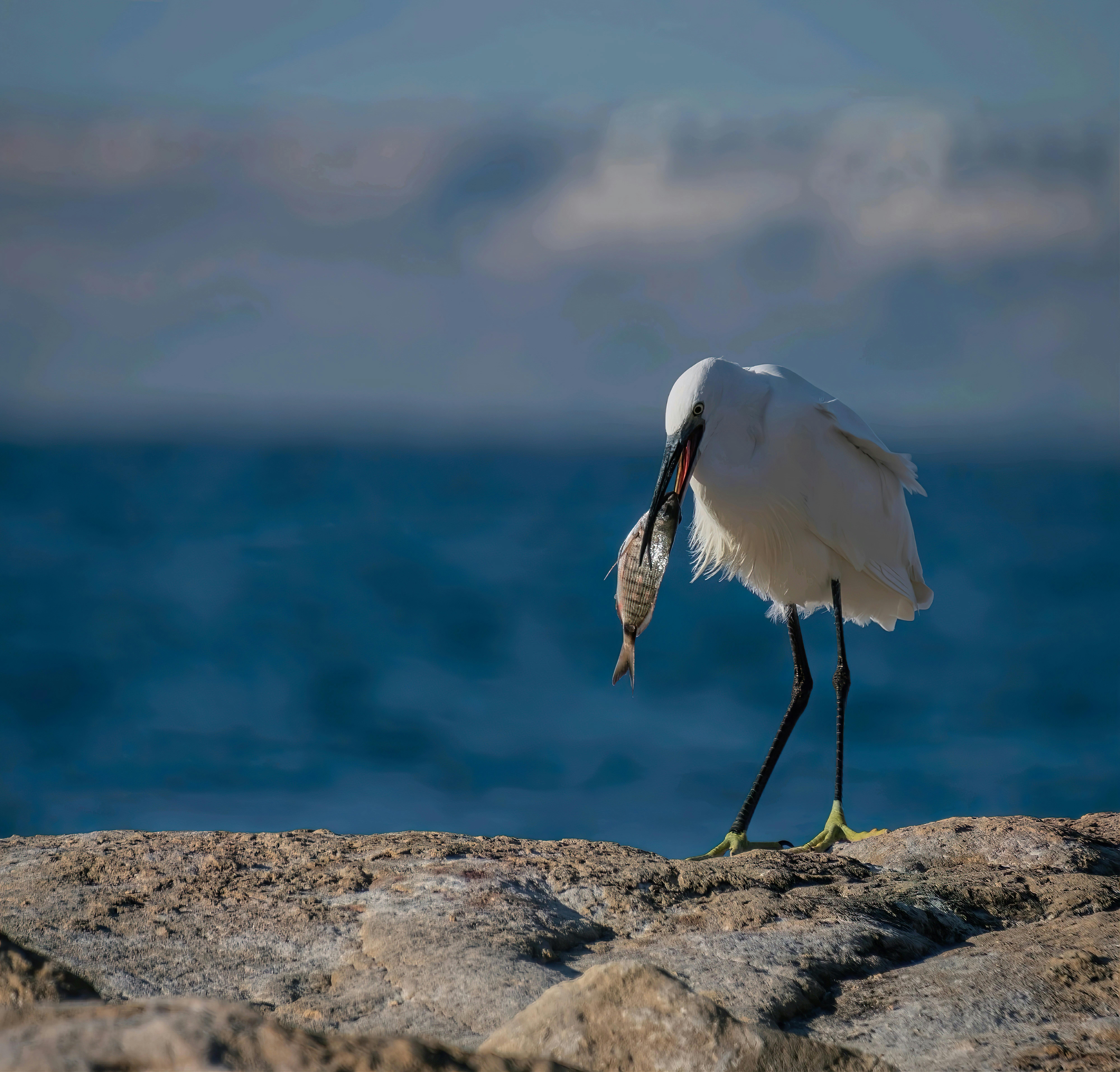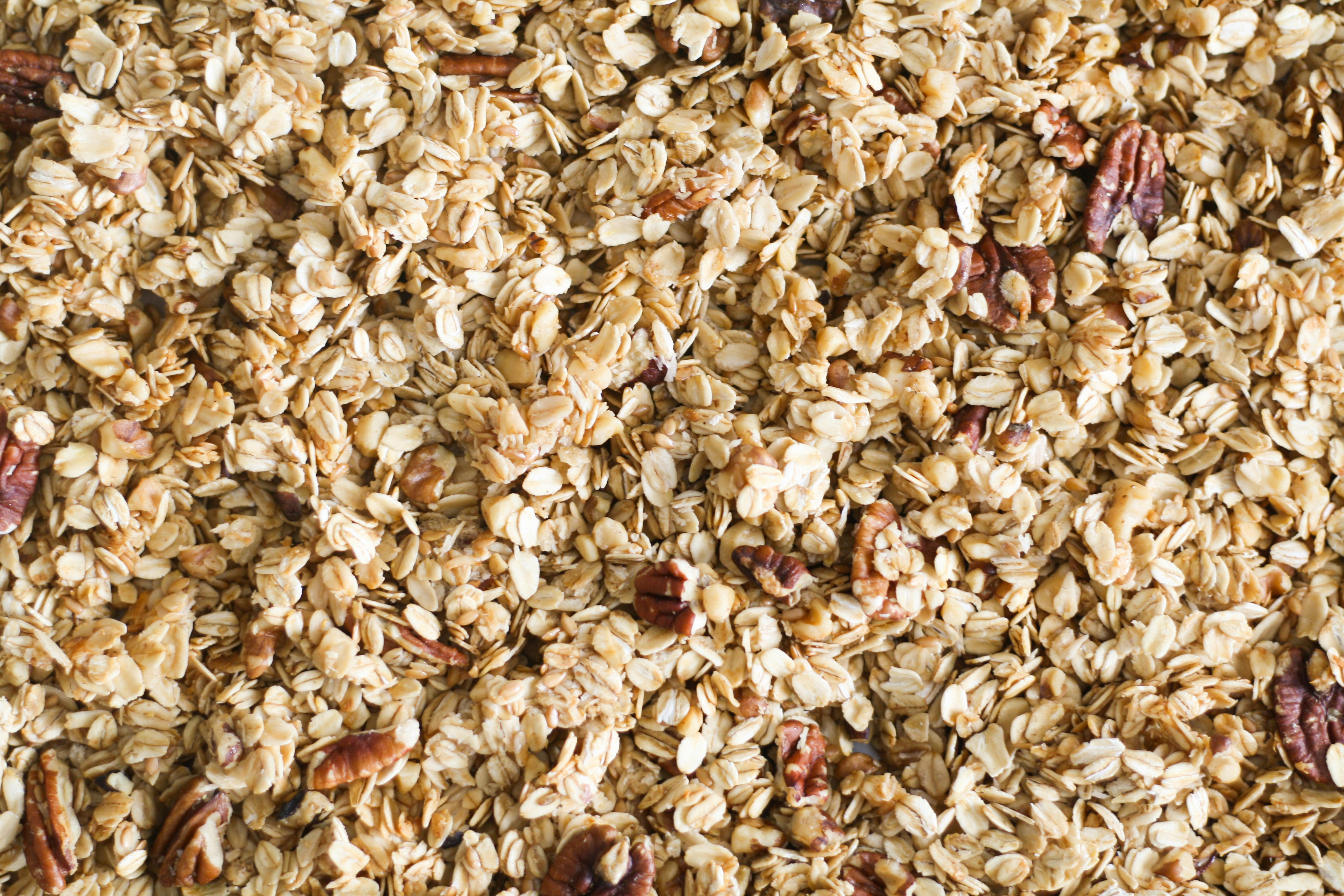
Top 5 Eucalyptus-Eating Animals of 2025
As we look ahead to 2025, the conservation of eucalyptus-eating animals remains crucial. These unique creatures play significant roles within their ecosystems, particularly in Australia, where the eucalyptus tree thrives. The koala, a renowned marsupial, is the most iconic among these animals, but there are others that share a similar dietary preference for eucalyptus leaves. In this article, we will explore the best five eucalyptus-eating species and their significance in the wildlife landscape.
The Koala: Australia's Iconic Marsupial
Koalas are perhaps the most well-known eucalyptus eaters. These adorable creatures are highly specialized herbivores, with diet consisting almost exclusively of eucalyptus leaves. Their unique adaptations, such as a specialized digestive system containing microbes that break down the tough foliage, allow them to extract the necessary nutrients. Koalas primarily inhabit eucalyptus forests, where they spend significant time resting, reaching peak activity during the cooler nocturnal hours.
The conservation of koalas is essential as they face numerous threats from habitat destruction and climate change. Understanding their ecology and behavior further emphasizes their role within the biodiversity of Australia’s fauna. With increased awareness of conservation practices, efforts are underway to protect koala populations, vital for maintaining ecosystem health.
The Greater Glider: A Nocturnal Tree-Dweller
Another fascinating eucalyptus-eating animal is the Greater Glider. This nocturnal marsupial is known for gliding between trees and has specific adaptations like large membranes that enable them to soar through the forest canopy. Their diet is similar to that of koalas, mainly feasting on eucalyptus leaves. As a result, they have a highly specialized feeding ecology and prefer mature trees for shelter, making them vulnerable to habitat loss.
Research shows that Greater Glider populations are declining, highlighting the need for habitat management strategies that promote sustainable forestry and preservation of eucalyptus forests. Engaging in wildlife corridors can support their movement and help maintain stable populations.
The Ringtail Possum: A Social Eucalyptus Feeder
Unlike koalas and Greater Gliders, Ringtail Possums are more social and adaptable, often found in urban areas where eucalyptus trees are plentiful. This marsupial's diet consists of eucalyptus leaves, supplemented by fruits and flowers. Their ability to thrive in various habitats emphasizes their resilience in an ever-changing environment.
Ringtail Possums exhibit interesting social structures and communication methods, facilitating cooperation among groups. Their role within Australian wildlife contributes to the broader ecological balance, particularly in urban areas where biodiversity is at risk.
The Yellow-bellied Glider: Master of Adaptation
The Yellow-bellied Glider is another tree-dwelling marsupial that feeds on eucalyptus leaves. Known for their remarkable gliding ability, they also play a critical role in pollination and seed dispersion, enhancing the health of their habitat. A staple food source for these animals includes the sap from eucalyptus trees, showcasing their adaptability in diet.
As part of a broader ecosystem, Yellow-bellied Gliders face challenges such as habitat fragmentation. Conservation efforts promoting habitat restoration and the establishment of wildlife corridors are integral for their survival. Understanding their feeding practices helps wildlife protection initiatives aimed at ensuring the sustainability of their populations.
The Common Brushtail Possum: A Vegetarian Survivor
Lastly, the Common Brushtail Possum also consumes eucalyptus foliage as part of its herbivorous diet. This adaptable marsupial has successfully made its home in urban environments, taking advantage of available eucalyptus trees. Their varied diet allows them to thrive amidst changing landscapes, contributing to wildlife diversity.
Common Brushtail Possums exhibit unique behaviors and play vital roles in their ecosystems, such as seed dispersal and maintaining plant health. Protecting this species involves promoting habitat preservation and focusing on animal welfare initiatives within urban layouts.
Conservation Challenges Facing Eucalyptus-Eating Animals
Despite their adaptations and unique characteristics, eucalyptus-eating animals face significant conservation challenges. Climate change and habitat destruction have profound effects on their populations, leading to heightened conservation efforts. For instance, increasing urbanization impacts the natural habitats of these marsupials, resulting in reduced access to food sources and predation threats.
Preserving biodiversity requires implementing effective conservation strategies through government policies, wildlife sanctuaries, and educational programs. By engaging with local communities, wildlife conservation efforts can address habitat management, advocating for the protection of native flora and creating wildlife corridors to support animal movement.
Climate Change Effects on Eucalyptus Populations
Climate change impacts all aspects of eucalyptus ecosystems, from tree health to food availability for marsupials. Changing weather patterns affect the nutritional content of eucalyptus leaves, thereby influencing feeding habits and nutrition for species like koalas. Monitoring climate effects on these trees and associated species provides insights for developing proactive conservation strategies.
Conservation programs grounded in scientific research can lead to improved support systems for wildlife, ensuring that the needs of eucalyptus-eating animals are considered in environmental planning. Advocacy for sustainable practices helps mitigate adverse effects on the ecosystem.
Importance of Habitat Restoration and Preservation
Habitat restoration and preservation are critical for sustaining the populations of eucalyptus-eating animals. Collaborative strategies involving local governments, conservation organizations, and community participation can facilitate effective habitat management practices. This includes reforestation projects to recover vital eucalyptus areas and create wildlife corridors.
Encouraging involvement in volunteer wildlife programs fosters community awareness about the importance of conserving native species. Education on ecological interdependence emphasizes the ecological roles of herbivores and their relationship with eucalyptus trees.

Engagement in Sustainable Practices
Engaging local communities in sustainable environmental practices supports the preservation of wildlife habitats. Eco-tourism initiatives that enrich public understanding of the ecological significance of eucalyptus forests encourage individuals to support conservation efforts. Creating awareness about the struggles eucalyptus-eating animals face ensures a collective responsibility in protecting these unique marsupials.
Adopting sustainable agricultural practices that minimize habitat loss fosters a healthy balance within the ecosystem, helping promote biodiversity while also supporting local economies. By facilitating community engagement, we lay the groundwork for successful conservation programs.
Conclusion: Advocating for Eucalyptus-Eating Animals
The future of eucalyptus-eating animals rests in our hands. By understanding their habitats, dietary preferences, and social structures, we can advocate for proactive conservation efforts. As these marsupials are integral in maintaining the ecological balance within their environments, boosting community engagement through educational programs and wildlife rehabilitation ensures their survival.
In summary, the conservation of eucalyptus-eating animals is vital not only for their species but also for the overall health of Australia's ecosystems. Addressing climate change, habitat loss, and fostering biodiversity protection is a collaborative effort that requires active participation from everyone.
